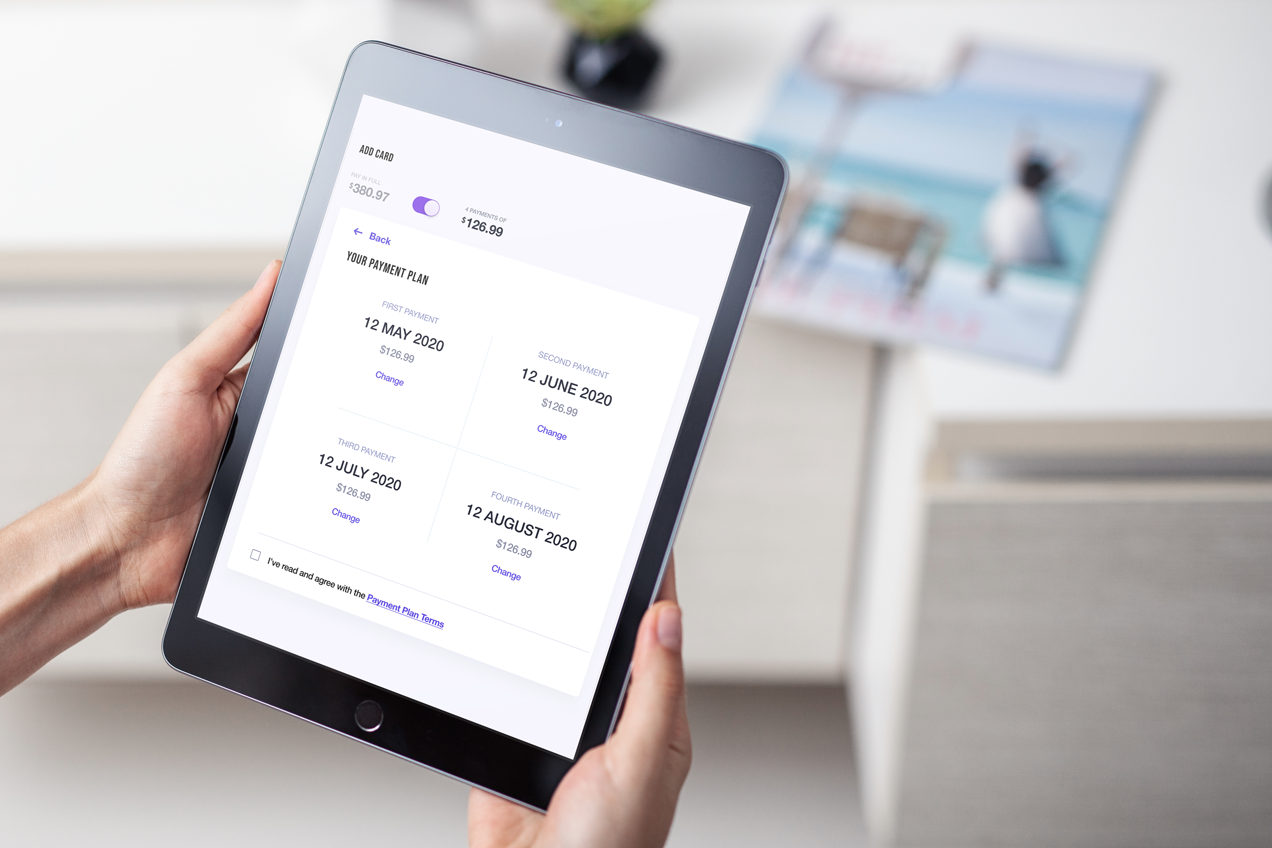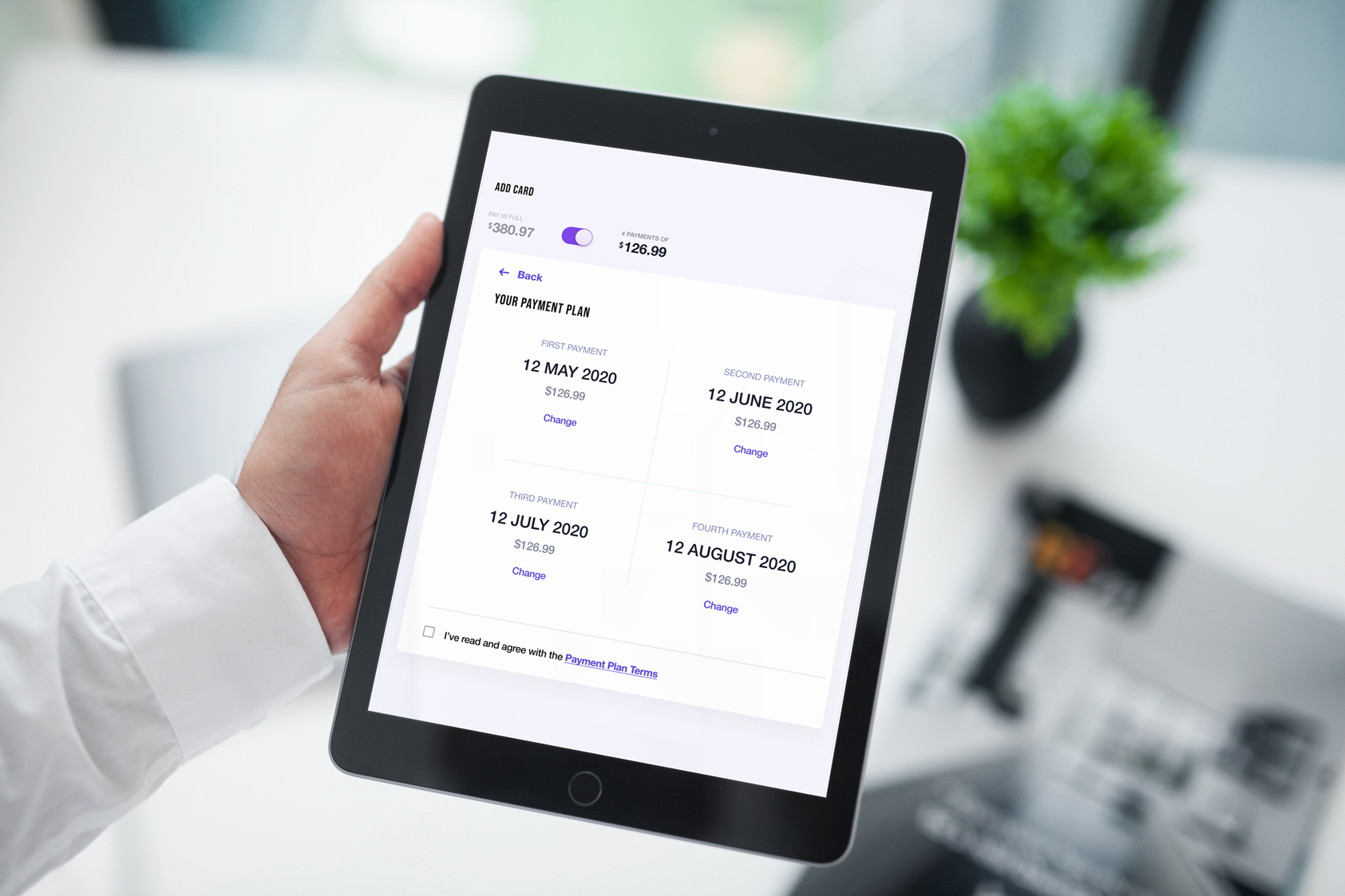The real-life experience of a Limepay customer

Ever wondered what would happen if you switched to a white-label BNPL? If so, there’s a case study you may find interesting
There’s now a plethora of Buy Now Pay Later (BNPL) providers vying to catch the eye of ecommerce business owners, ecommerce directors and heads of digital. BNPLs have long been seen as much of a muchness and there hasn’t been a lot of interest in the differences between BNPLs. Or much research into the effects of switching between BNPL providers.
Why white-label BNPLs are different
While they have slightly different payment arrangements, fees and terms of service, there’s not a lot of product differentiation among conventional BNPLs. That suggests switching from Conventional BNPL X to Conventional BNPL Y is unlikely to have much impact on metrics such as cart abandonment or repurchase rates.
But white-label BNPLs are different from their conventional counterparts. White-label BNPLs don’t harvest and sell data, which makes for a quicker checkout experience for consumers. Intuitively, it makes sense that reducing friction in the checkout process will result in consumers completing more purchases. But would that happen in a real-world scenario?
A real-world experiment
Forrester, a leading global market research company, recently ran the experiment. You can find the full report here, but it’s the case study that will be of most interest to those who own or help run ecommerce businesses.
To summarise, an (unnamed) luxury goods and fragrances ecommerce business with annual revenue of around $12 million agreed to switch from an (unnamed) conventional BNPL to Limepay, Australia’s leading white-label BNPL.
After the switch was made, Forrester observed the following:
- A nine per cent decrease in cart abandonment
- An increase in the repurchase rate to 2.31 purchases a year, up from 1.26 purchases
- A 42 per cent uptick in average order value, with the average value of goods purchased rising from $120 to $180
- Cheaper transaction fees – Limepay’s fees were five per cent lower than the conventional BNPL’s

The unquantifiable gains
It’s almost certain that there were other upsides in terms of brand building and more effective marketing. But these were difficult to quantify, especially in the short term. The CEO of the luxury goods and fragrances’ business did note, “Limepay allows us to control the post-checkout experience with our brand. We’re actually getting more return customers from email from there.”
Near frictionless implementation
Forrester found the business it studied was on track to record a non-trivial jump in revenue just by switching from a conventional BNPL to a white-label one. Even better, making the switch was a lot easier than might be imagined. With “minimal effort” from the ecommerce business’s staff, the changeover to Limepay was made in less than a fortnight.
Interested in learning more about how your ecommerce business could benefit from switching to Limepay? Click here to get in touch with one of our sales consultants.